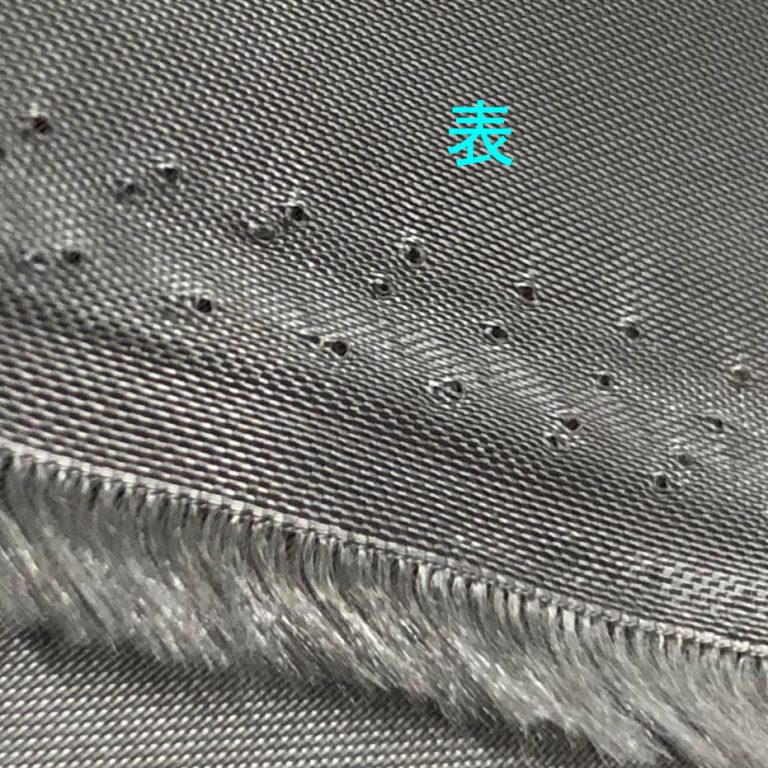How to distinguish the front and back of fabrics

When receiving fabric, it can be challenging if you do not know which side is the front side of the fabric. This time let’s walk through the front and back side of fabric and lining as well as how to differentiate them.
Asking the manufacturer
When in doubt, it is always good to ask the supplier.
For fabrics that are in the state of woven fabric, “外表” or “中表” may be written on the tag with the product number, or stamped on the edge of the fabric. “外表” mean the front side of the fabric is outside while “中表” mean the front side of the fabric is inside.
Basic tips to keep in mind
If you can quickly identify the condition, you would like to do so, wouldn’t you? This does not apply to everything, but if the conditions are right, it is possible to tell the difference.
For example, for satin fabrics, the one with the stronger luster is the front. For twill fabrics, the left side of the twill fabric is the front side.


Note, however, that twill fabrics may have reverse twills, meaning that the twills may flow down to the right.
For lining
This may be basic, but most lining fabrics have holes in the edge due to the finishing process. This is because a needle is used to pierce the edge of the fabric to hold it in place during the tidying process.
The image below shows the front side. If you actually trace the edge with your thumb, you should be able to see that they are uneven.

Conversely, the back side does not feel uneven and is smooth.

In the case of ling, you can almost always tell by the above method for satin and twill lining, which are the main types of lining.
For fabric
For outer fabrics, in addition to the so-called three primary fabrics (taffeta, twill, and satin), there are various other fabrics with added characteristics. In addition, there are many knit materials, etc., so it is difficult to identify the front and back side.
The front side is usually finished and clean, but for outer fabrics, care must be taken beforehand, such as checking the tag carefully for fabrics, checking with the supplier before cutting, and not removing the sticker or other seal when cutting.
In addition, more than 95% of lining fabrics are inside, while about 40% of outer fabrics are outside.
Jersey and plain weave fabrics, it is really difficult to lose sight of, so please be sure to check before cutting.
Conclusion
We hope you are more confident when it comes to checking the front and back side of a fabric.
For more information about Japanese fabric and lining, please visit ApparelX’s fabric product list.



